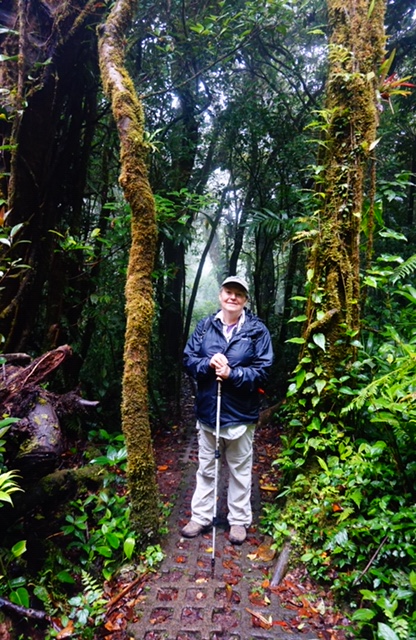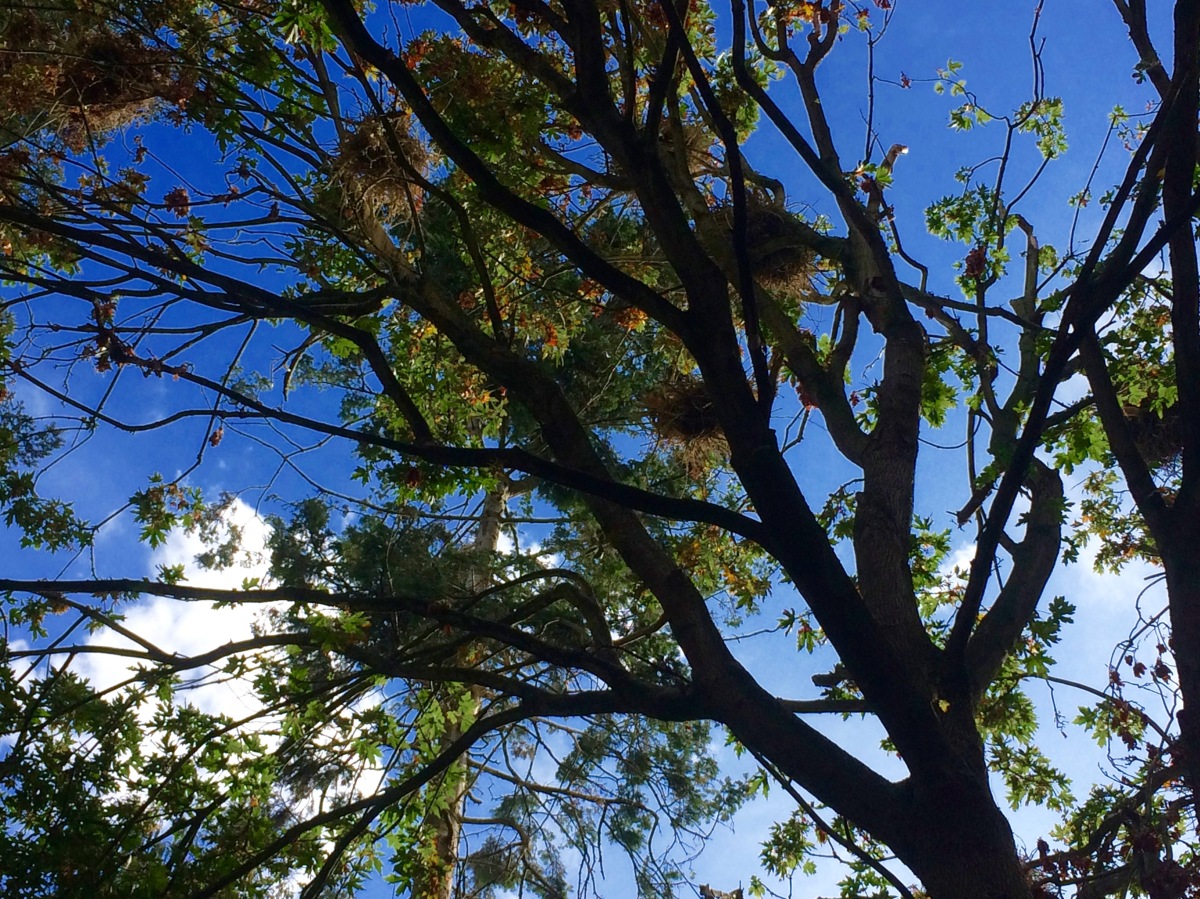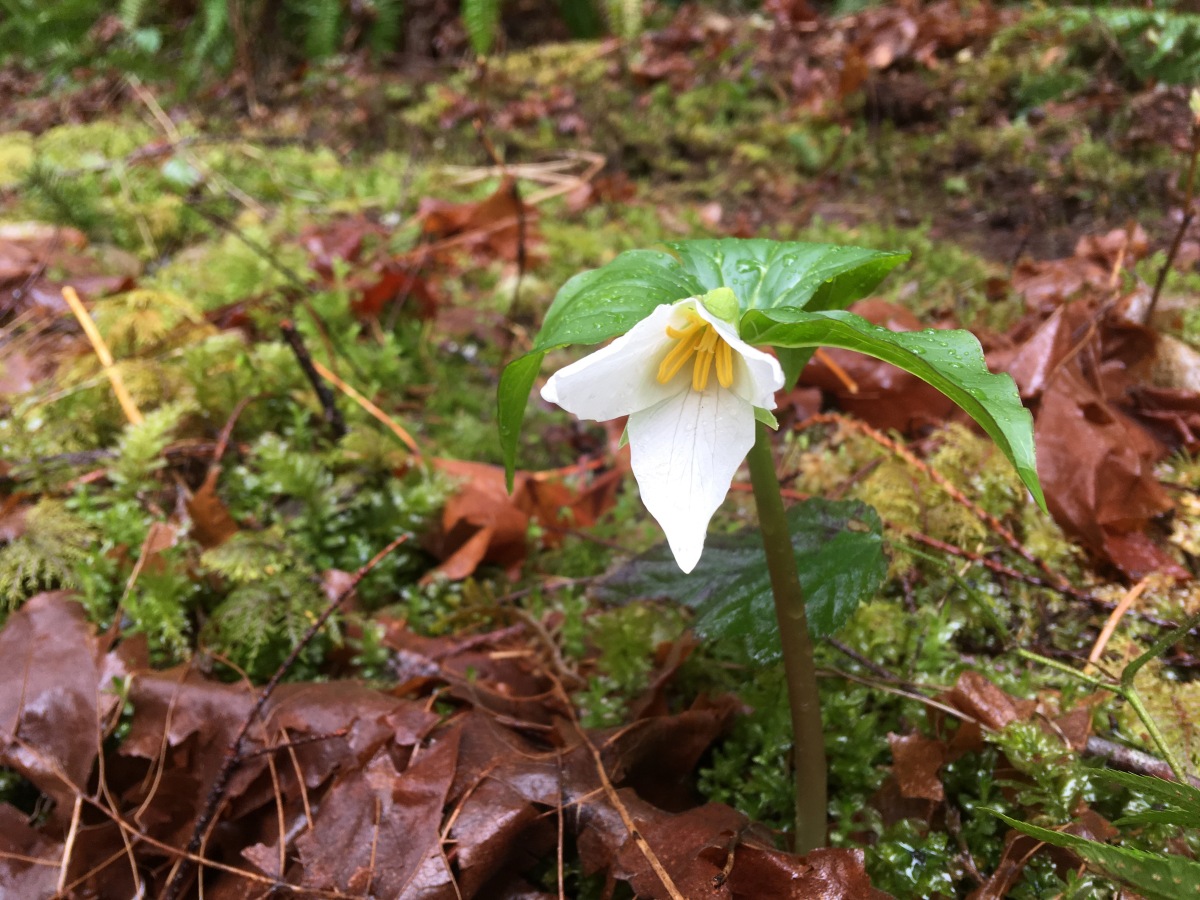Although Costa Rica is far from my backyard, I wanted to write a little bit about my recent trip to several areas of that glorious tropical country. I took this journey with my graduate school and through Earth Expeditions. When I first applied for the program, I wrote that I wanted to contrast the country I visited to the temperate rainforests of the Pacific Northwest. That idea colored the lens through which I viewed my surroundings in San Jose, Talmanca, Yorkin Village, Estaciaon Las Tortugas and Monte Verde. But first I needed to be able to see through that lens.
Having moved to the dense foliage of Washington State from the sparse vegetation of the Mojave Desert, I expected to feel overwhelmed with the sheer amount of unfamiliar plants and trees. That was certainly the case. I had recently heard the term plant blindness, and that is what I experienced. I was blind in Costa Rica. I couldn’t “see the trees for the forest,” so to speak. Forsyth and Miyata (1984) wrote about the overwhelming tangle of life in the tropical forest and that trying to make sense of it was like trying to understand a foreign language. This is what I found. It wasn’t just the vegetation, either. I wrote in my journal that I had no frame of reference to identify birds, “ In the US, I know that a bird is a swallow or a warbler from size or behavior. Even if I don’t know what species, I can find it in the guide. Here I don’t (have an idea of what family of birds to look for or where to find it in the guide)”. There are 903 species listed in The Birds of Costa Rica field guide that I brought along on my trip (Garrigues & Dean, 2014), but I relied on our host, Marco, to identify most of the birds that we saw. My species list includes 20 new birds, all of which I had never heard of. How could I have possibly known that the hanging nests covering a tree were built by a Montezuma Oropendula or that these birds belong to the blackbird and oriole family? In the ten days that I spent in Costa Rica, I wasn’t able to truly see the birds and the trees and the plants, but I could still compare the general differences between Costa Rica and Washington State.
One of the thoughts that has stayed with me in the last four months since I returned, and which I have spoken of many times, is the way that the Bribri people practice agriculture. I drive through a well known agricultural area on my way to work every day. There are no vast banana plantations, or the miles of mono-culture practiced in other parts of the US; the Skagit Valley is composed of many small farms, often organic and sustainable. However, they are still so very different from the small family gardens we saw around Yorkin Village. I was fascinated to walk through the Stibrawpa plot with “The Jaguar” (Eliodoro) and see how guava and yucca, jackfruit and stinging nettle were all planted in proximity to each other. Not in straight lines as a garden would be in my neighborhood, but all woven together, providing just what the community needs for sustenance and healing. I loved the idea that jackfruit were planted near the Bribri banana plantations so that the workers would have something to eat while they worked. What caught my eye, though, was the stinging nettle plant that was pointed out. The plant seemed to be different from what I call stinging nettle in my woods, but used to make tea just like I would use nettle leaves. Eliodoro called this plant Ortiga, but I can’t find the actual Latin name for it. Our stinging nettle is Urtica dioica. Urtica sounds like Ortiga, but I’m not sure of the relationship. In any event, the Bribri use nettle leaves to stimulate lactation in women, combat the effects of toxins from pesticides and to treat migraines and sore knees. It is even used as a punishment for naughty children! My favorite native plant book of the Pacific Northwest, Plants of the Pacific Northwest Coast (Pojar & Mackinnon, 1994) only suggests that the young leaves of Urtica dioica be eaten as a green. No mention of using it on children, but I seem to get punished every time I bushwack off trail in the summer.
I should probably write about the overwhelming beauty of the cloud forest in Monte Verde or the enormous turtles crawling out of Caribbean sea on a moonlit night, but what truly helped me to “see” this magnificent country was to find the similarities between Costa Rica and my home. Even though I cannot identify a tropical plant or a bird, I can still make a connection to my own life.
Forsyth, A. & Miyata, K. (1984). Tropical nature: Life and death in the rainforests of Central and South America. New York, NY: Simon & Schuster.
Garrigues, R. & Dean, R. (2014). The birds of Costa Rica, 2nd ed. Ithaca, NY: Cornell University Press.
Polar, J. & MacKinnon, A. (Eds)(1994). Plants of the Pacific Northwest coast. Vancouver, Bristish Columbia: Lone Pine Publishing.





